The Gurugram District Administration has taken decisive action to protect the residents of Chintels Paradiso in Sector 109, ordering the evacuation of Tower J within 15 days. This directive follows a comprehensive safety audit conducted by experts from IIT-Delhi, who declared the tower unsafe for habitation. The administration's move has brought renewed attention to the pressing issues of building safety and construction quality in India's rapidly urbanizing regions.
The safety concerns at Chintels Paradiso have a troubled history. The first major alarm was raised on February 10, 2022, when a tragic incident occurred in Tower D of the complex. During renovations on a sixth-floor flat, a bedroom ceiling collapsed, triggering a devastating chain reaction. The collapse cascaded through several floors, leading to the deaths of two residents. This tragedy prompted the Haryana Department of Town and Country Planning (DTCP) to order a structural audit of the entire complex to ensure the safety of its inhabitants and prevent further disasters.
The audit, conducted by experts from IIT-Delhi, uncovered severe structural deficiencies across multiple towers. The report identified five out of nine towers — D, E, F, G, and H — as unsafe, leading to their recommended demolition. Tower J, while initially spared from immediate action, was closely monitored as concerns about its structural integrity persisted. A subsequent detailed assessment revealed critical levels of chloride in the concrete used throughout the building. This high chloride content was found to have caused significant corrosion, undermining the building's stability to the point where even extensive rehabilitation efforts would be ineffective.
In response to these findings, the Gurugram administration, led by Deputy Commissioner Nishant Kumar Yadav, took swift action. On August 7, 2024, Yadav invoked the Disaster Management Act, 2005, along with Section 163 of the Bharatiya Nagrik Suraksha Sanhita, 2023, to enforce the evacuation of Tower J. The administration's decision was driven by the urgent need to protect the lives of the residents still living in the tower. The expert committee's assessment had left no room for doubt — the tower's structure was so compromised that continued habitation posed an immediate threat to life and property.
As part of the evacuation order, the district town planner, enforcement, was appointed as the nodal officer responsible for overseeing the evacuation and ensuring compliance with the administration's directives. This decision underscores the administration's commitment to ensuring that the evacuation is carried out swiftly and efficiently, minimizing any further risks to the residents.
At present, 10 out of the 52 flats in Tower J remain occupied. The Resident Welfare Association (RWA) of Chintels Paradiso has expressed significant concerns on behalf of these residents. The RWA has made it clear that the remaining residents are unwilling to vacate their homes until the developer, Chintels India Ltd, provides adequate compensation. The residents are demanding that the developer cover six months' rent and the costs associated with relocating to new accommodations. Additionally, they are seeking a detailed and transparent plan for the redevelopment of Tower J before agreeing to leave.
Chintels India Ltd has responded to these demands by stating that they have already compensated most of the affected flat owners. The developer claims to have entered into agreements with those who have chosen reconstruction as their preferred option. They have assured the residents and the administration that they are processing all compensation claims in accordance with the directives issued by the district committee overseeing the situation.
The evacuation of Tower J at Chintels Paradiso raises broader concerns about the state of building safety and construction quality in India's rapidly expanding urban areas. The situation at Chintels Paradiso is not an isolated case; it is indicative of the risks associated with rapid urban development, where the pressure to build quickly often comes at the expense of stringent quality controls. The revelations about the structural integrity of Tower J highlight the need for regular and rigorous structural audits of residential complexes, especially those that house large numbers of people.
The administration's firm stance on the evacuation may set a precedent for similar actions in other residential complexes facing structural issues. As India's cities continue to grow and new residential projects are developed at a rapid pace, ensuring the safety and structural integrity of these buildings will become increasingly crucial. The Chintels Paradiso case serves as a stark reminder of the potential consequences of neglecting these issues.
For the residents of Tower J, the immediate future remains uncertain. Their focus will be on negotiating fair compensation and securing clarity on the redevelopment plans before vacating their homes. The district administration's strong response to the situation is expected to expedite these negotiations, but it also raises important questions about the accountability of developers and the role of regulatory bodies in safeguarding the interests of homebuyers.
As the deadline for evacuation approaches, all eyes will be on how effectively the authorities and the developer manage the transition. The lessons learned from this situation will be critical in shaping future policies and practices to prevent similar incidents in Gurugram and other rapidly urbanizing areas across India.
Image source- chintels.com

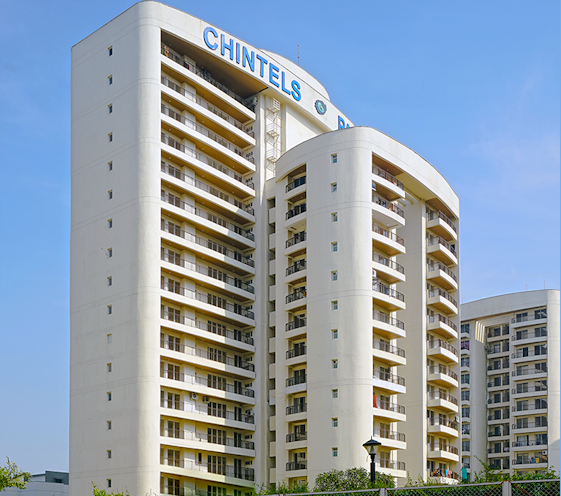
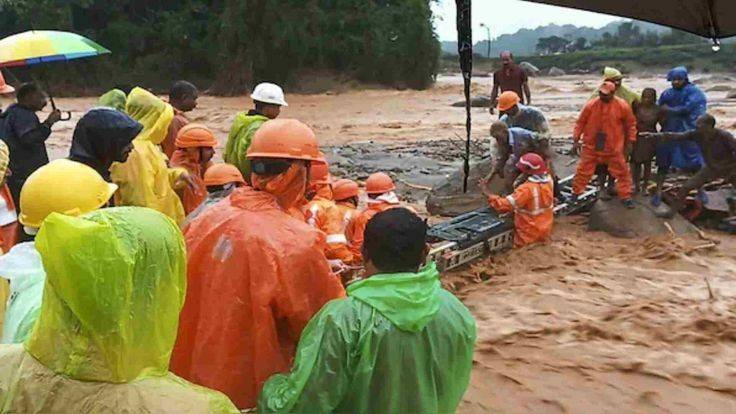
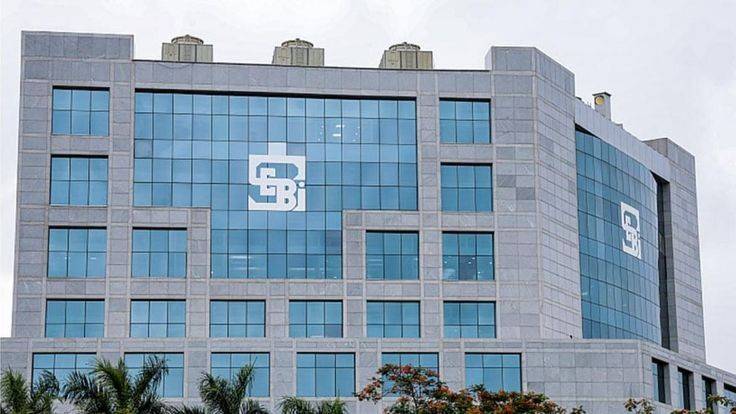
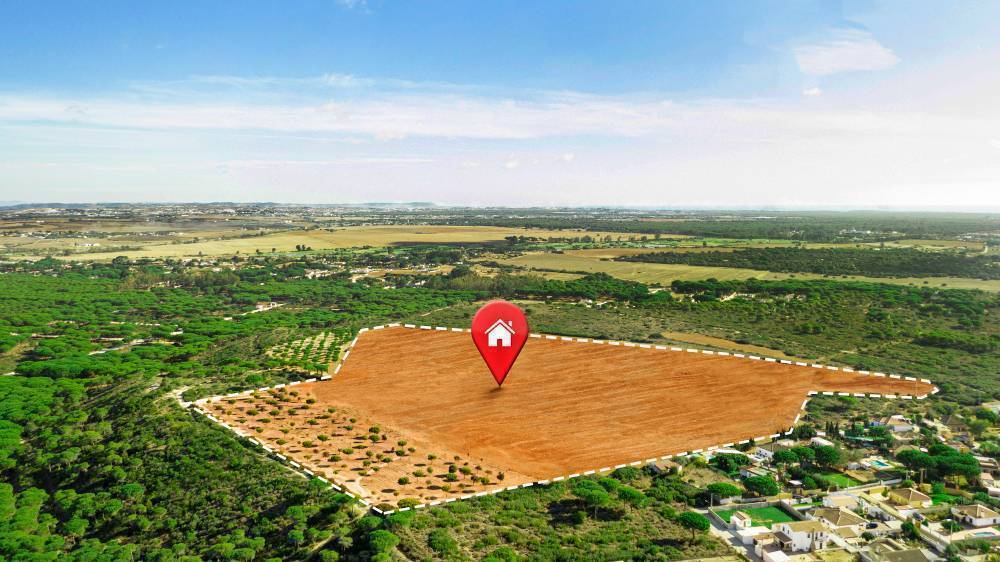


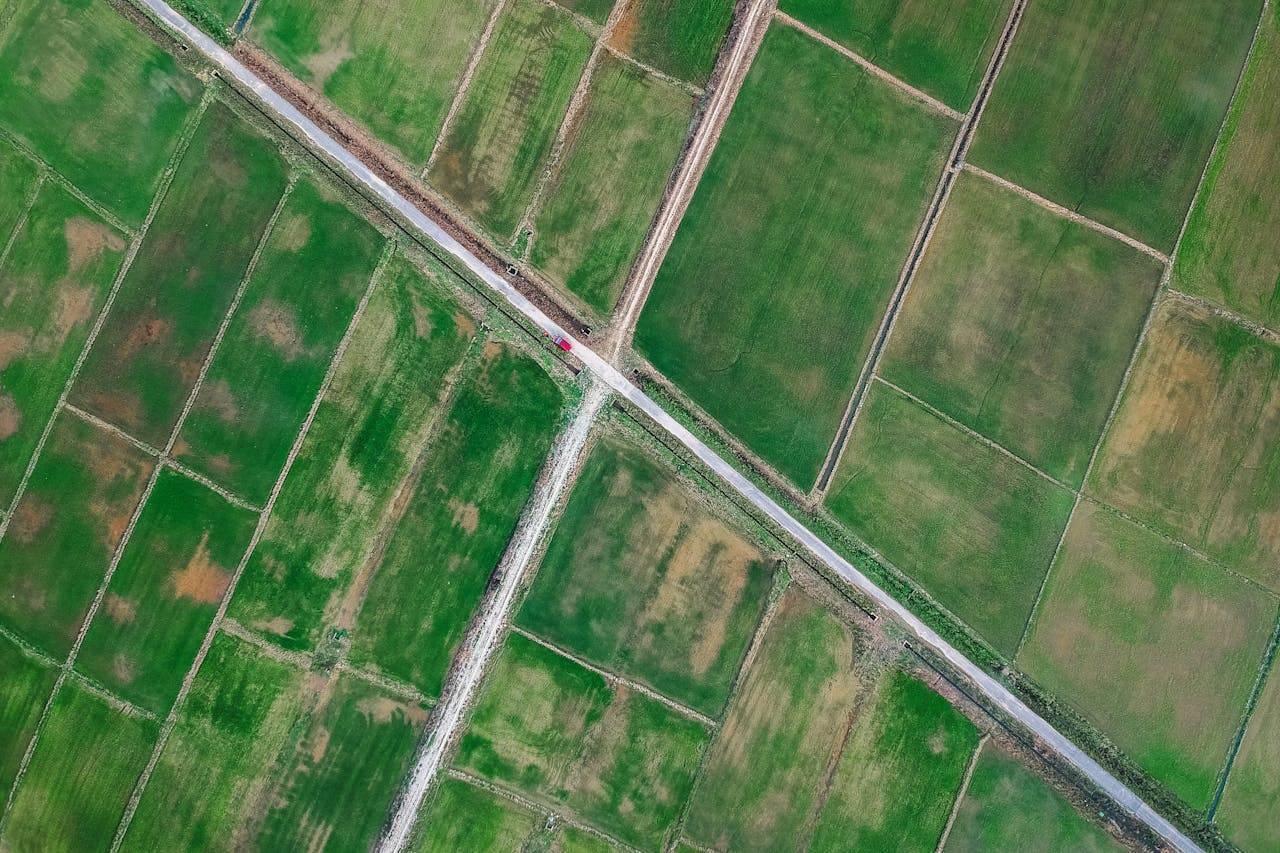

.png)